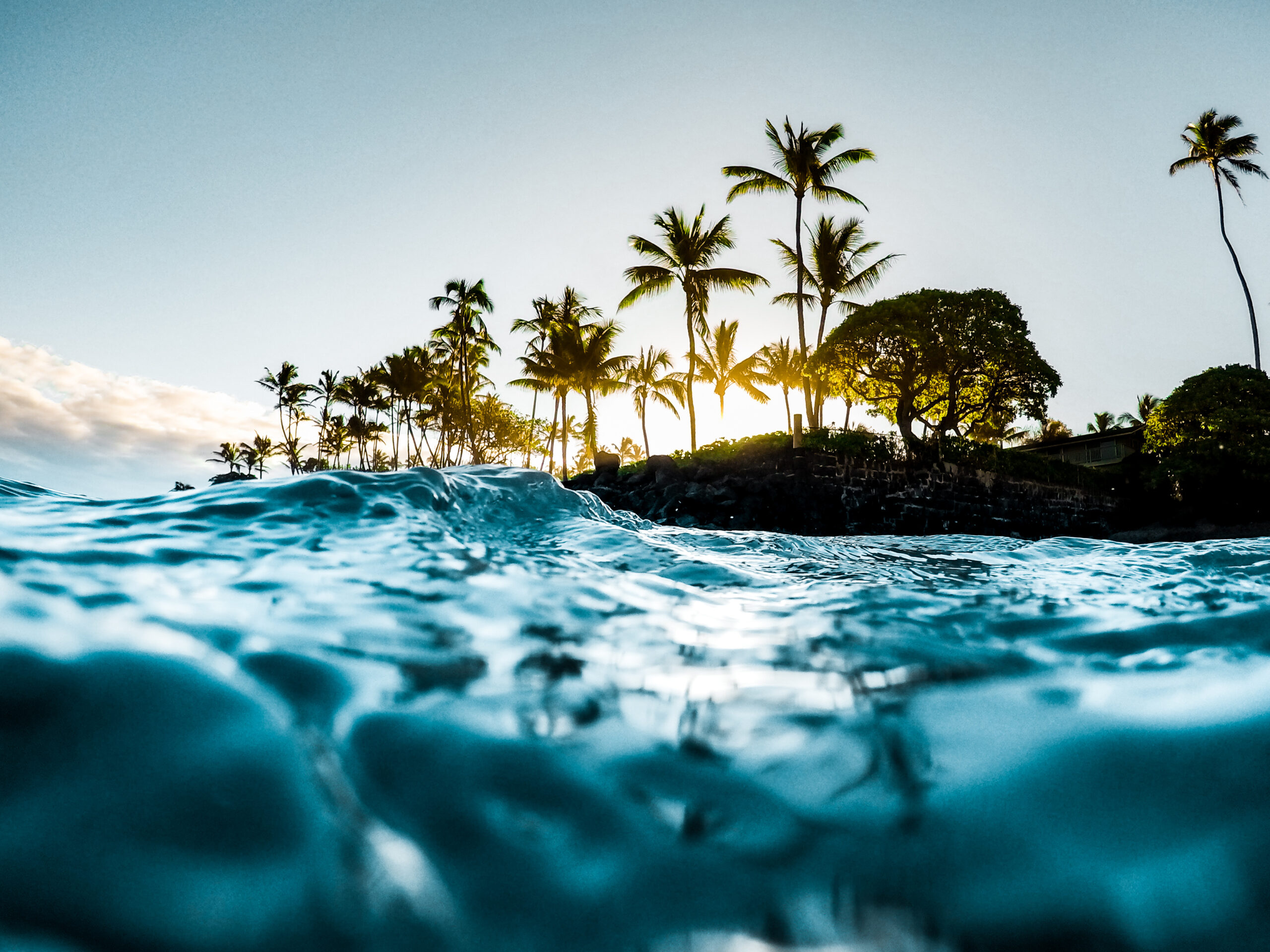Coral Gardens Maui, known as the Valley Isle, is considered to be one of the best places in the world for snorkeling and scuba diving. The clear temperate waters, a large variety of marine life, and miles of beautiful beaches make for a picture-perfect paradise for travelers. Maui is the second most visited Hawaiian island, with around 2.3 to 2.5 million visitors each year.
Maui is not only famous for its lush landscapes but also as a food lover’s dream. The most popular dish is the Hawaiian Poke Bowl. Traced back to Japanese roots this light and fresh dish made with diced yellowfin tuna, sesame oil, soy sauce, and green onions is a must-try in Maui.
Maui is less crowded than Oahu, and the island has plenty of lodging options ranging from boutique hotels to large luxury villas and cozy private condo rentals. The island is composed of large volcanic areas and miles of beaches that are ready to be explored by locals and tourists alike.
THE CORAL GARDENS OF MAUI
- Best Beaches in Maui
- Where to snorkel in Maui?
- Where are the Coral Gardens of Maui? And how to get there
- Four Winds and Pride of Maui
- Snorkeling in the Coral Gardens Maui
- Marine Life of the Coral Gardens
- Green Sea Turtles of the Maui Coral Gardens
- Scuba Diving in the Coral Gardens
- Coral Reefs of the Coral Gardens
- Final Thoughts
Maui offers some of the most beautiful beaches in the world. With over 30 miles of accessible beaches, Maui is a hotspot for water activities like kayaking, surfing, snorkeling, scuba diving, and swimming.
The South Maui beaches like Makena Beach, are known for long white sand stretches that are perfect for a family day at the beach. On the North Shore, you will find more black sand beaches and bigger surf for bodyboarders or windsurfing contests. Waianapanapa State Park, located on the North Shore, also has excellent camping facilities.
In West Maui, there are breathtaking stretches of white sand, and beaches that are good for snorkeling (like Kaanapali Beach). Known as Maui’s signature beach, Kaanapali Beach is three miles long and at its northernmost section offers a great, affordable snorkeling spot in Maui called “Black Rock” or “Puu Kekaa” in the Hawaiian language. Rip currents are known to be present in this area, so being aware of your distance from shore is important when snorkeling at Black Rock.
If you do not have your own snorkeling gear, most resorts or dive shops in and around the island offer daily or weekly gear rentals. They may also provide snorkeling maps and advice on the best places to visit for snorkeling from land or by boat.
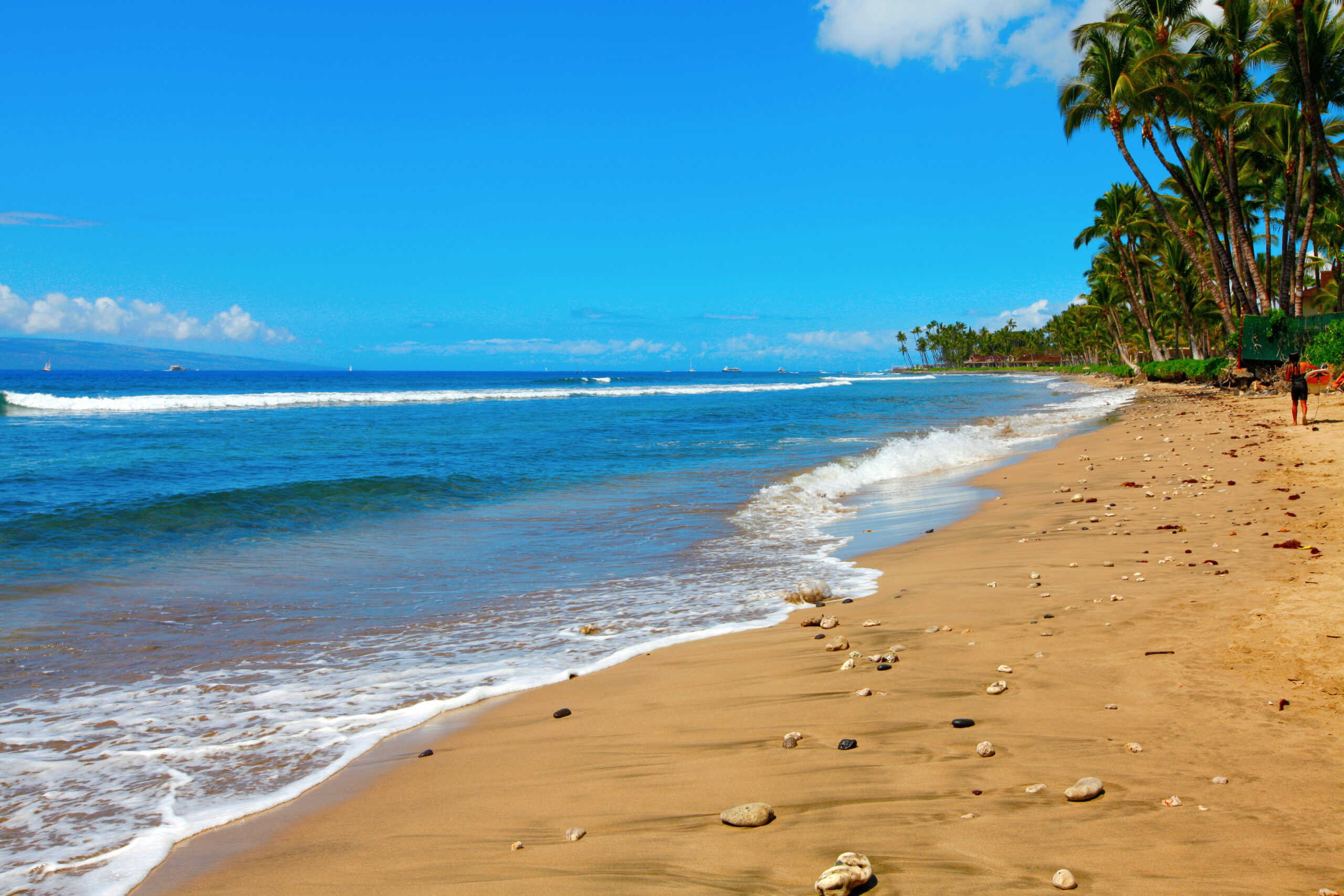
Carrying along your mask and snorkel to any of Maui’s beaches is never a bad idea, but one of the most popular spots for snorkeling in Maui is Coral Gardens.
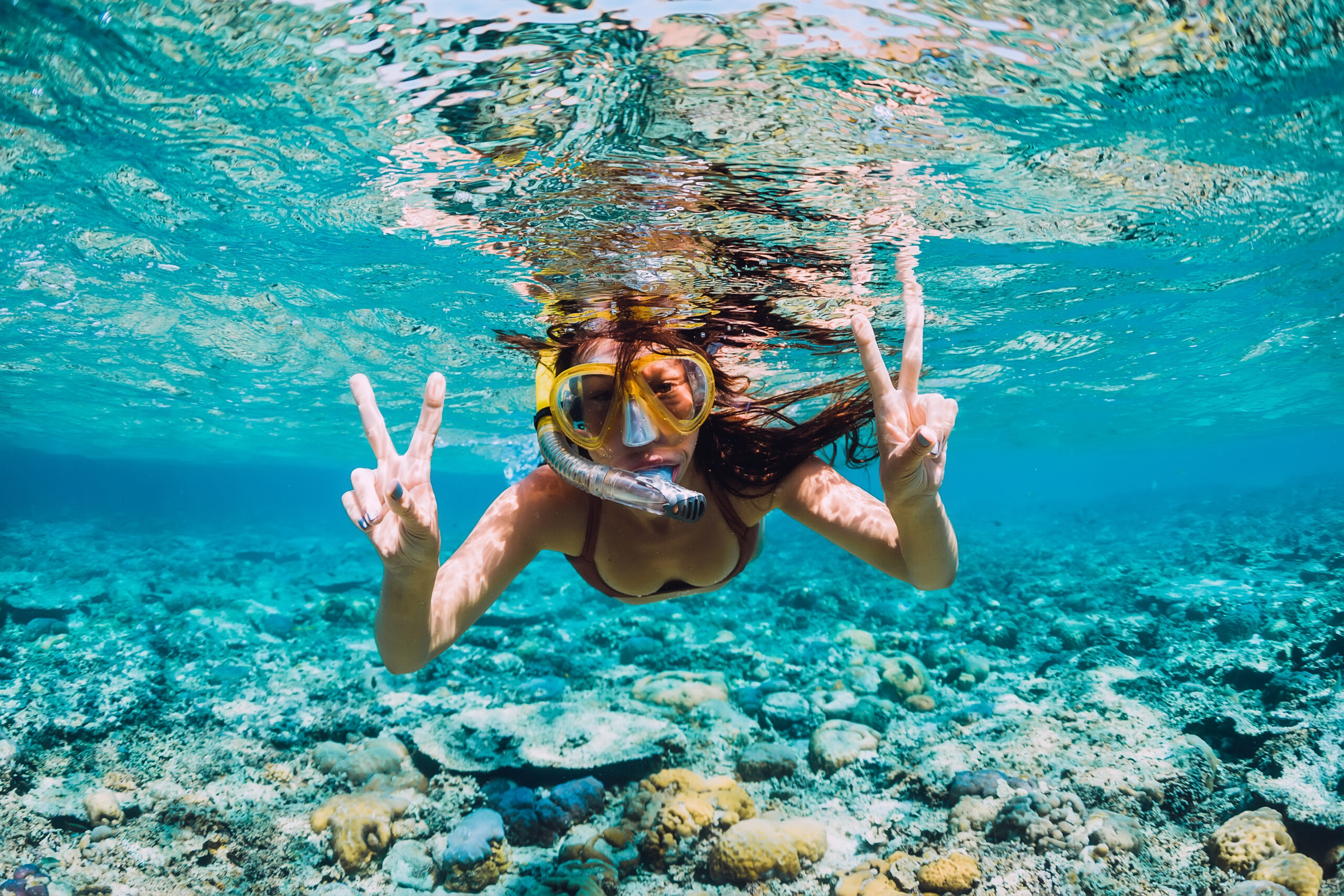
Located in West Maui, about 20 minutes south of Kaanapali Beach is one of Maui’s top snorkeling spots known as “Coral Gardens.” Coral Gardens is located near the coastline just off Honoapiilani Highway. The cliffs surrounding the cove protect the area from high surf and wind year-round making it a great place to jump in for a snorkel. Because of its location near the cliffs, Coral Gardens is only safely accessible by boat.
The best way to experience Coral Gardens is by joining in on one of the many boat tours from Maalaea Harbor, which is located south of Lahaina and Olowalu.
Four Winds snorkeling in Maui offers afternoon all-inclusive boat trips for snorkelers of all ages and experience levels. The vessel is a 55-foot double-decker power catamaran with a glass bottom viewing room and a waterslide. The afternoon snorkeling tour lasts 3.5 hours and includes all gear, safety instructions, a hot grilled BBQ lunch, wine or beer, and a chance to take in all of the underwater beauty at Coral Gardens. This snorkeling tour is $52 for adults and $38 for kids ages 3 to 12 (kids under 3 are free). You will need to make your way to the harbor as they do not provide transportation.
The Pride of Maui boat offers a similar 3-hour afternoon snorkeling tour allowing you to experience the unspoiled coral formations in the vibrantly colored and transparent waters. The vessel is a 65-foot power catamaran with over 3,000 square feet of deck space. The Pride of Maui offers transportation to the Maalaea Harbor for an additional $30 per person.
Both the Pride of Maui and Four Winds offer shaded areas for those who may be sensitive to the sun. But it is also recommended to bring reef-friendly sunscreen, cover-ups, sunglasses, and hats for protection from the intense Hawaiian rays. Snorkeling basics and safety are discussed before entering the water, and there is plenty of room for non-swimmers who just want to take a cruise on the water.
Here are a few snorkeling safety tips to consider before diving in:
- Relax and be confident in the water. Being comfortable in the water is always essential. If you are new to snorkeling, wearing a mask and breathing through a snorkel can be a learning process. So make sure you are a confident swimmer or have someone who can help you in the water.
- Watch the weather conditions. Wind and weather conditions can affect your snorkeling trip. So if the waves are too big or the conditions are unfavorable, it may be a good idea to reschedule your trip for another day.
- Stay Hydrated. Don’t drink too much alcohol before snorkeling or participating in water activities as this can be dangerous. It is always crucial to drink water and stay hydrated before being in the sun and the sea.
- Familiarize yourself with the gear in advance. If you have your own snorkeling equipment, you should be comfortable with it. If the snorkel vest, mask, and fins are rentals, make sure you learn how to use them before jumping in.
- Be active and stay in shape. When you are in good physical condition, snorkeling is much more comfortable.
- Snorkel with a buddy. Having a buddy to snorkel with is always a plus. Make sure to talk about your plan before you go into the water so you can keep an eye on each other.
- Use SPF protection for your skin. The sun in Hawaii is hot even on a windy day and being in the water; you may not realize how much sun you are getting. Always apply sunscreen (reef-friendly is preferred).
- Don’t touch the marine life. You can frighten or injure marine animals or injure yourself. So it is best to look and not touch.
- Stay close to the boat or shore. If you are snorkeling from shore, be on the lookout for rip currents and try to stay close to the beach. If you are snorkeling from a boat, keep your eyes on the boat to be sure you are not drifting too far away.
- Don’t overeat before snorkeling. Hawaiian food is tasty, but try not to overeat before snorkeling. If you have a big lunch, you may feel more tired and can get into trouble more quickly in the water.
Visitors looking for a little more than snorkeling can try SNUBA at Coral Gardens or Molokini Crater on both vessels for an additional fee. SNUBA is a cross between scuba diving and snorkeling. The air tank is attached to a raft floating at the surface above, and participants can go as deep as 20 feet underwater while under professional supervision.
Coral Gardens at West Maui, is known to be some of the best snorkeling in Hawaii. The coral gardens reef is made up of large coral heads with an abundance of tropical fish. Because of its location and protection from the cliffs above, this area always has perfect conditions for snorkeling.
Visibility is usually around 40 feet with lovely shades of blues, greens, and turquoise. This Maui reef is shallow to medium in depth which allows the sun’s rays to shine through to the ocean floor. Bringing a camera to capture the gorgeous sights is highly recommended. Some tour operators include professional photography on their tours but either way be sure to capture your underwater experience with your new marine friends.
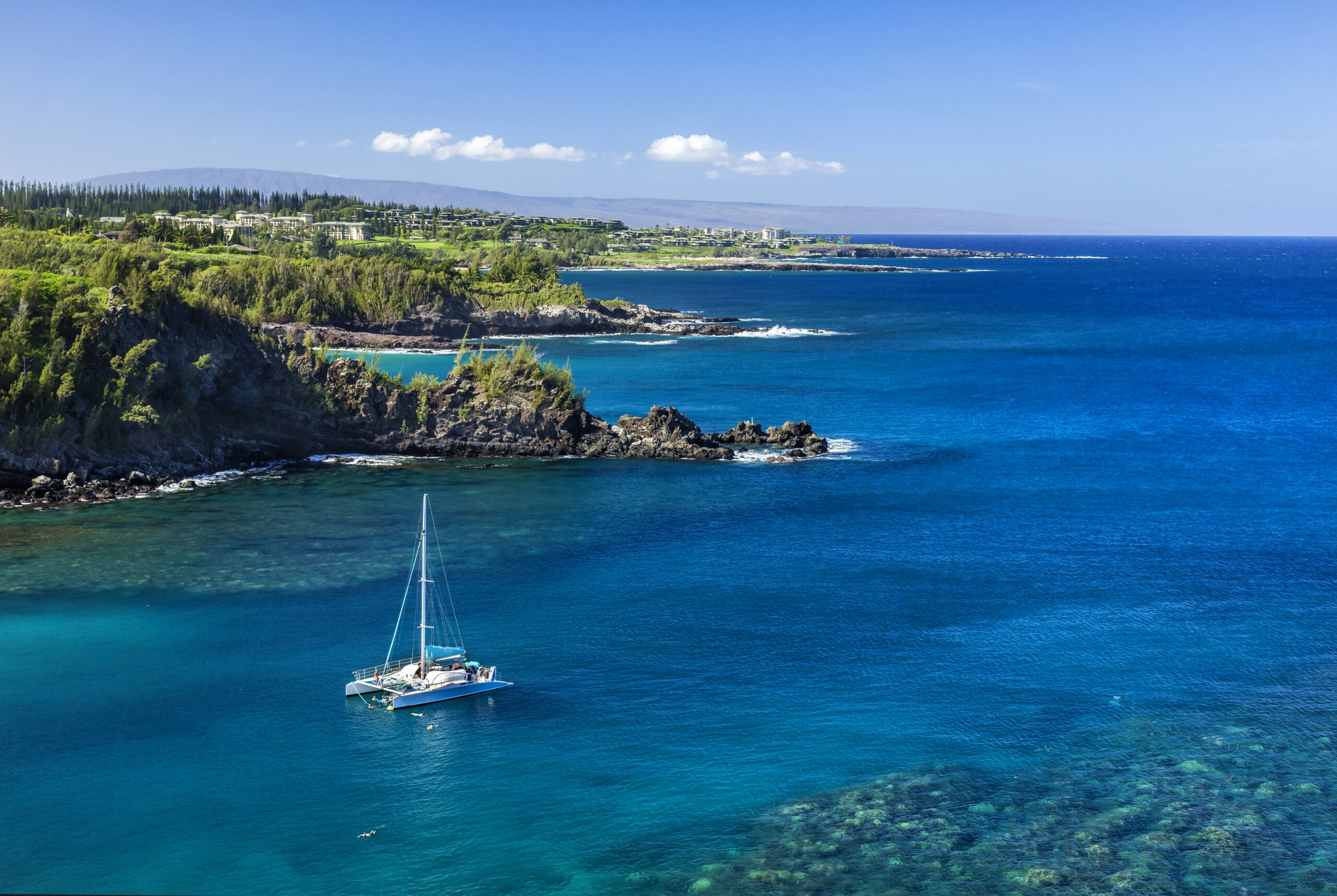
Snorkeling in Maui with sea turtles is at the top of many visitors’ lists. Coral Gardens is home to the Hawaiian green turtles and hundreds of species of fish. During the winter months in Maui, you may see humpback whales breaching as you make your way to Coral Gardens by boat. While snorkeling the chances are very high that you will hear the whales communicating underwater. Humpback whales pass by Maui and the surrounding islands in the winter during their annual migration.
In the summer months, spinner dolphins (Nai’a) are a popular sighting, and usually, swim close to boats for a little playful jumping fun. On occasion, snorkelers have encountered manta rays (Hahalua), spotted eagle rays (Hihimanu), and monk seals (‘Ilio-holo-i-ka-uaua), but the creatures listed below are the most commonly seen in the Coral Gardens all year long.
- Angel Fish
- Crabs
- Trigger Fish
- Octopus
- Butterflyfish
- Green Sea Turtles
- Eels
- Pufferfish
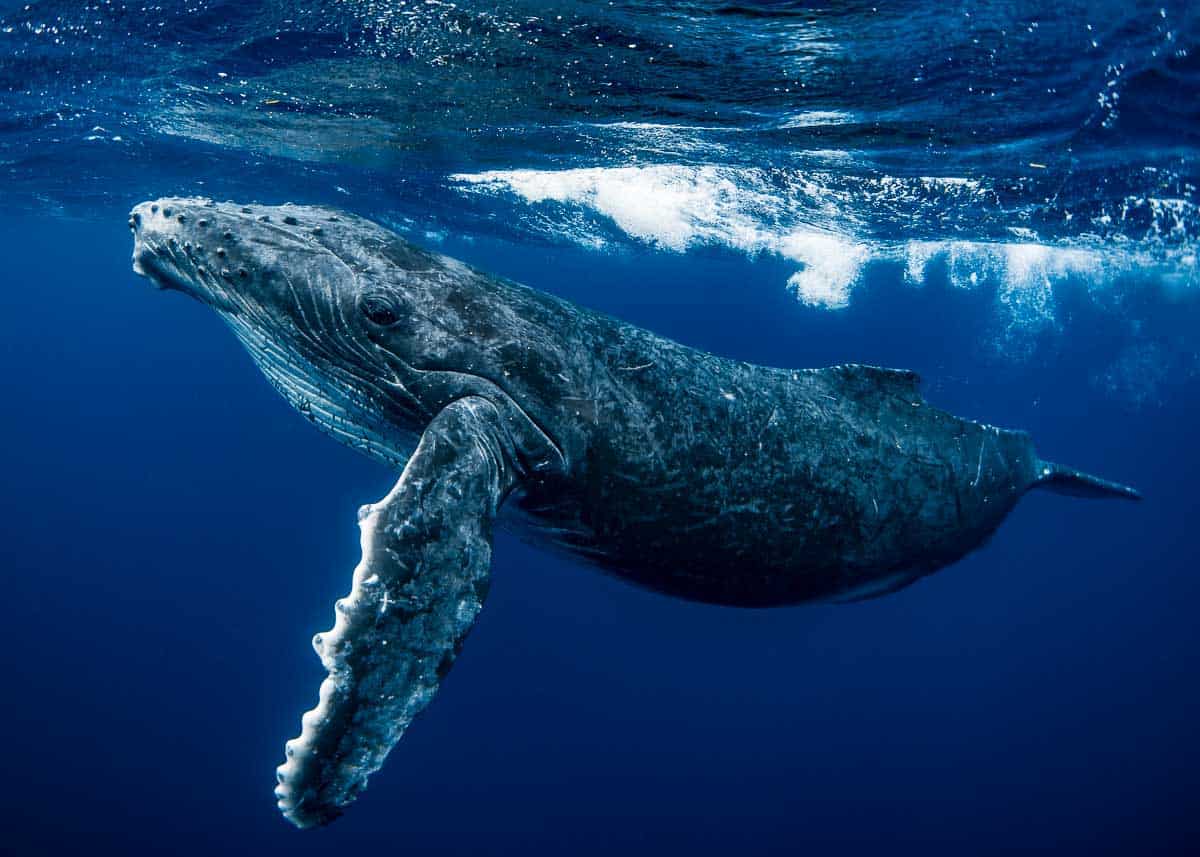
Known as “honu” in the Hawaiian language, the most popular type of turtle to see while snorkeling in Maui is the green sea turtle. These turtles can be found feasting on the algae by the shallow reef, coming up to the surface for a breath of air, or hiding in underwater ledges. No matter where you see them, it is always a treat to take in their beauty.
Green turtles have a life span of approximately 60-70 years and can weigh up to 700 pounds, making them one of the largest turtles in the world. Other sea turtles like the hawksbill, loggerhead, leatherback, and olive ridley frequent Hawaiian waters.
Despite their name, a green sea turtle has more of a brown-colored shell. These turtles are named for the color of their fat which is green due to their diet (consisting mostly of algae and seagrass). Juvenile green turtles do eat meat but over time their diet changes to an omnivorous one.
Sea turtles are believed to have been swimming in these waters for over 150 billion years. Hawaiian green sea turtles are considered an endangered species and many efforts are being organized to protect them. These turtles became endangered in the 1970s because of humans harvesting their eggs as well as the turtles themselves. But over the past 30 years, the population has dramatically increased since they became federally protected under the Endangered Species Act of 1973. This legislation made it illegal to hunt, harass, or harm the Hawaiian green sea turtle population. It also forbids feeding, chasing, or riding the turtles.
The Hawaiian government has also approved legislation to protect the marine environment further. In July of 2018, the governor of Hawaii signed a ban on all reef harming sunscreens. These sunscreens contain the chemicals octinoxate and oxybenzone, which can protect humans from negative health impacts that are sun-related but are harmful to coral reefs, tropical fish, and other marine life. The bill requires that all Hawaiian islands stop selling sunscreen that contains the two chemicals by January 1, 2021.
In addition to this, the tour operators always ask that snorkelers not touch or disturb the sea turtles or any other marine life during snorkeling tours. This helps keep the reef environment safe and intact.
Coral Gardens is a hot spot for afternoon snorkeling and SNUBA trips but is not as famous for scuba diving. There are a plethora of dive site offerings in Maui, so most dive boat operators do their morning two-tank dives at places like Molokini Crater, Lanai, or Molokai. Other dive operators offer mainly shore diving at dive sites like Five Caves or Ulua Beach.
There is a chance of visiting Coral Gardens to scuba dive by boat, but this would most likely be in the afternoon in combination with a snorkeling charter, or if weather conditions on the more popular dive sites are not favorable.
Olowalu reef, also referred to as Coral Gardens, is Maui’s largest. Containing over 100 acres of some of the island’s oldest reef formations Olowalu is also considered to be the healthiest reef in Hawaii. It is made up of giant coral heads, protected from winds and surf, and is one of the best snorkeling destinations across the Hawaiin island chain.
The shallow waters make Olowalu an ideal place for beginner and intermediate snorkelers. During some parts of the year, there is even a decent surf break in the area. The reef is home to Hawaiian green sea turtle cleaning stations, a manta ray cleaning station, and a blacktip reef shark nursery. (Olowalu has the 4th largest manta ray population in the world.)
Furthermore, just a short boat ride from Coral Gardens is Molokini Crater – a sunken inactive volcano which is also a top destination for Maui volcano snorkeling and scuba diving. The variety of marine life at Molokini is vast and very similar to what you would see while snorkeling at Coral Gardens, but Molokini is most well-known for its excellent visibility of up to 80-100 feet year-round. Molokini is a frequently visited dive and snorkel site and is considered one of the best in all of Hawaii.
Most tour operators leaving from Lahaina Harbor and Maalea Harbor offer tours visiting Coral Gardens, Molokini, and Turtle Town. Turtle Town is closer to shore at nearby Makena Beach and the chances to see a Hawaiian green sea turtle are almost 100% year-round.
If you are a snorkeling or diving enthusiast, Maui should most definitely be on your list of places to visit. This Hawaiian island has so much to offer underwater and on land, from beginners to experienced adventure enthusiasts. To maximize your time in Maui, reserving a rental car is highly recommended, but taxis and public transportation are always readily available.
The native languages in Maui are English and Hawaiian, but most locals speak English, so if you get lost you can ask anyone for directions. Sometimes getting lost is part of the adventure especially if you stumble upon one of Maui’s hidden gems like a small roadside BBQ stand on the road to Hana, or secret local surf spots on the north coast.
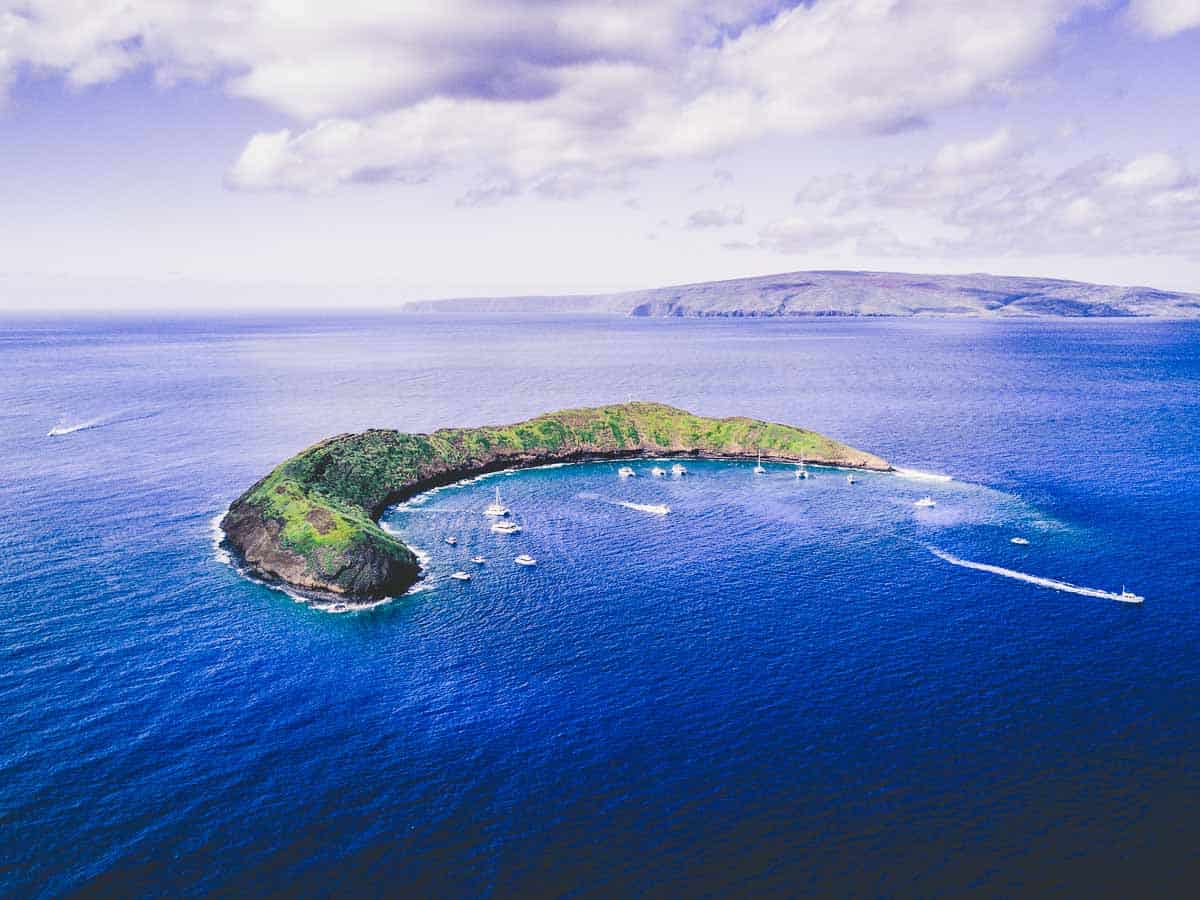
As always, we create our content with you, fellow divers, in mind. So, how’d we do? Did you find this informative? Did it help you make a decision? Did we miss anything? We’d love to hear from you below. Thanks for reading and we hope your next dive is a great one!


